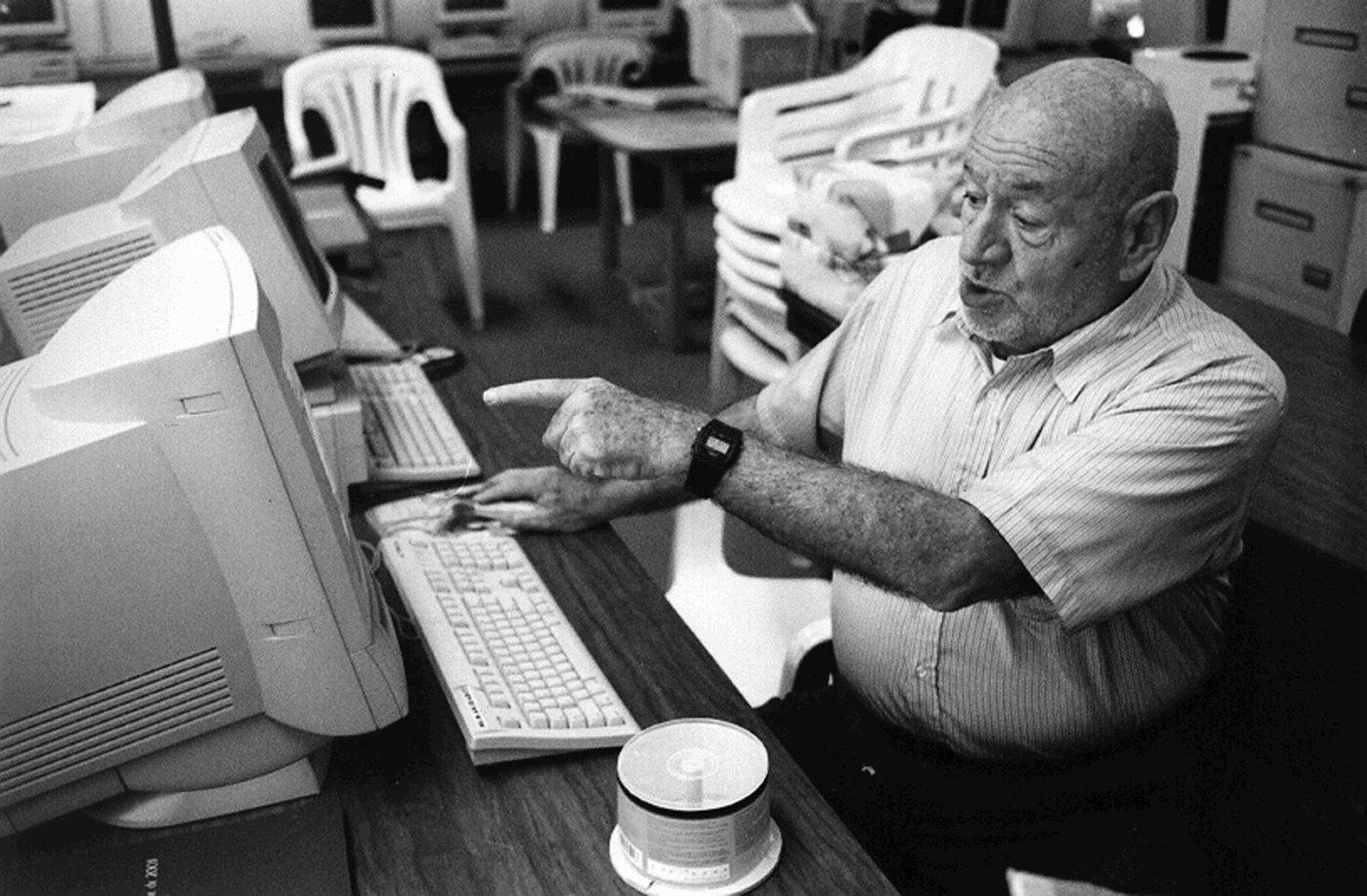Jaime Litvak died on October 2, 2006, in his sleep at his home in Mexico City. He had been afflicted by heart trouble, cancer, and a stroke over the past 16 years. Born in Mexico City on December 10, 1933, he studied economics as an undergraduate at Mexico City College and, later, anthropology at the Escuela Nacional de Antropología e Historia, where he received his Master of Arts degree with the thesis Cihuatlán y Tepecoacuilco, dos provincias tributarias de México en el siglo XVI in 1963.
An evaluation of Jaime's curriculum vitae reveals more than four decades of dedication to archaeology in Latin America, especially in Mexico. His early research, during the 1960s, reflects a strong emphasis on a historical approach to archaeology in which ethnohistorical and linguistic sources contributed to the formulation of research problems. In the late 1960s and early 1970s, his interests took a turn toward quantitative methods and computer applications to the analysis of archaeological data. He was an early proponent of spatial analysis in Mesoamerican archaeology. His doctoral thesis, El Valle de Xochicalco: Un modelo estadístico para la arqueología regional (Universidad Nacional Autónoma de México, 1970), is the first investigation of its kind presented to a Mexican institution. His principal fieldwork was carried out in central Mexico and Guerrero, especially at Xochicalco, Morelos, although in recent years he was involved in the archaeology of British mining communities in the state of Hidalgo.
Jaime coordinated the laboratories of the Department of Prehistory, Instituto Nacional de Antropología e Historia (INAH) , in 1965–1967. He promoted the establishment of a section dedicated to the application of computer technology in archaeology at the Museo Nacional de Antropología of Mexico and served as its first coordinator (1967–1968). He was the head of the Archaeology Department at the National School of Anthropology in 1968–1970. As director of the Instituto de Investigaciones Antropológicas (IIA), Universidad Nacional Autónoma de México (UNAM), from 1973 to 1985, he established numerous innovations, including the first computerized library catalogue at UNAM, with keyword bibliographic searches; a mobile field laboratory; and the use of personal computers at a humanities institute. He actively promoted the development of a series of research laboratories in the IIA to analyze archaeological materials and contexts (paleoethnobotany, chemistry and materials conservation, prospection, radiocarbon dating, human osteology), since expanded to include human population genetics, molecular anthropology, and archaeozoology, which together are at the forefront of Latin American archaeological research. In addition, he was head of the Anthropology Department of the Universidad de las Américas in Cholula, Puebla, from 1986 to 1989.
He taught, among others, at Cambridge University as Geoffrey Bushnell's assistant (1967), the Escuela Nacional de Antropología e Historia (1963–1998); the Universidad Nacional Autónoma de México (1969–2006); the Universidad de las Americas–Puebla (1971–1991; department chair, 1986–1989); the University of Minnesota (1981); the University of New Mexico (1986); Tulane University (Mellon Professor of Humanities, 1988); and the University of Texas, El Paso (1994).
Jaime possessed a level of energy and charisma that inspired students, and many generations of undergraduate and graduate students were motivated by his unceasing stream of ideas, potential projects, and activities in progress. He continually found opportunities to incorporate students in research, public-outreach activities, and academic administrative services (as library assistants, newspaper and bulletin staffs, and so on). Perhaps his most outstanding quality was his intense concern for people and their needs, as demonstrated in his participation in volunteer activities such as the establishment of a computerized database to coordinate university rescue brigades during the 1985 Mexico City earthquake.
He was a gifted communicator and, in recent years, had dedicated much of his time to the dissemination of archaeology at all levels, including to elementary- and secondary-school students, undergraduate and graduate students, and the public. In addition, he hosted a weekly broadcast on Radio Universidad for several years in which he combined interviews with university personnel in diverse fields with excellent musical selections, most of which he gleaned from his personal collection. His collection of international popular and traditional music ranged from Occitaine to Cambodia, with an important component devoted to the history of jazz. He also promoted and sustained the IIA's cinema club for several years with films from his own video collection. His broad knowledge of modern culture and historical contexts was exceptional and never ceased to surprise younger generations.

Figure 1. Jaime Litvak reviewing copy for the UNAM campus newspapaer Humanidades, which he edited in the Instituto de Investigaciones Antropologícas.
He also participated in various commissions related to the cultural-heritage preservation of archaeological sites, as well as the preservation of industrial historical monuments. He was a member of numerous evaluation committees for scholarships and research grants in archaeology and related areas (Consejo Nacional de Ciencia y Technología [Mexico], Organization of American States, National Endowment for the Humanities). He was an active member of the Society of American Archaeology (SAA) since 1963, in which he served on various committees, and he received the SAA Lifetime Achievement Award in 2002. He was also a member of other professional societies, including the Academia Mexicana de Ciencias, Sociedad Mexicana de Antropología, American Anthropological Association, Society for Industrial Archaeology, and Society for Archaeological Sciences.
Jaime's personal impact on the development of anthropological archaeology in Latin America has been considerable. He will be remembered by several generations of archaeologists as a friend and teacher. Although he was always respectful of the historical tradition established and maintained by the great teachers of his youth—among them, Ignacio Bernal, Alfonso Caso, José Luis Lorenzo—he was an innovator driven by ideas and skilled at implementing them.
Jaime Litvak is survived by a daughter, two grandchildren, and two sisters.



